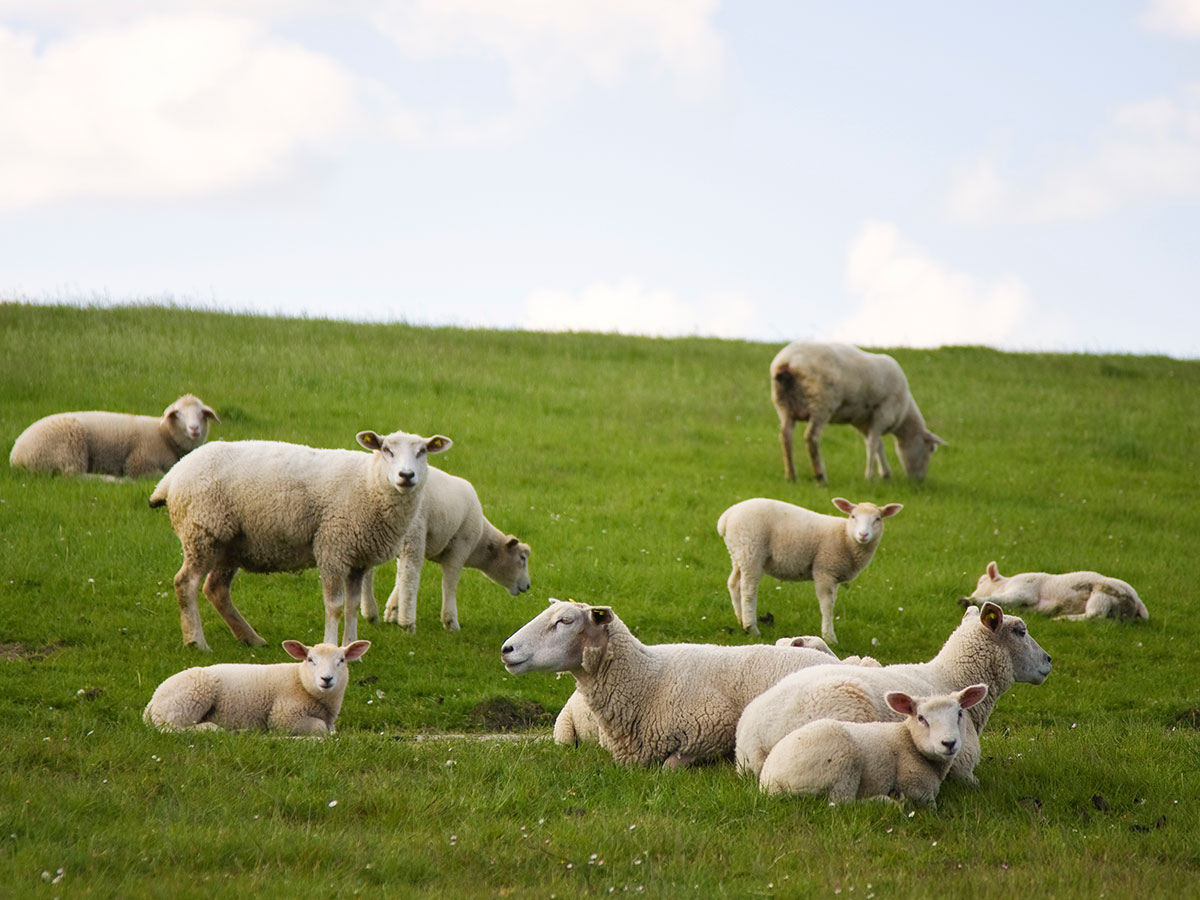Logs and weeds aside, the forgotten odds and sods in paddocks can cause you grief. Old paint cans, ash piles, oil filters, linoleum and batteries are just a few examples which are major causes of lead poisoning.
Cattle are inquisitive by nature, particularly younger cattle, which is why it is important to be aware of what is in the paddock. For example, time and weathering can cause battery cases to become warn, making it easy for nosy livestock to disturb and access the lead within. The salty taste of the lead can result in them returning to the source to lick or chew, increasing their intake of lead.
Once the lead has entered the system it settles in the animal’s stomach, where acids turn the lead into poisonous salts. Even the smallest amount of lead can kill cattle. Symptoms of lead poisoning include:
- loss of appetite
- depression
- staggering
- incoordination or blindness
- change in behaviour
- convulsions
- death.
Lead poisoning also impacts human safety as well as market access for both beef and dairy producers. Animals that have survived lead poisoning, and have lead remaining in their system, will be placed under restrictions and quarantined for up to 12 months to avoid lead tainted products entering the food chain.
In order to prevent the loss of stock and trade due to lead poisoning, think ahead and double check an area before introducing stock. If you find something that is a potential risk and cannot remove it, securely fence the area, isolating the risk from livestock.
The key things to remember are:
- contact your local vet as soon as you suspect lead poisoning
- prevention is the most effective method when treating lead poisoning!
